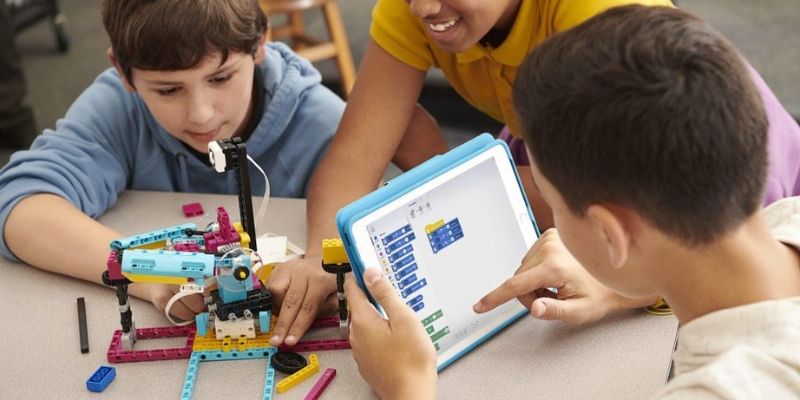
Benefits of School Radio: Empowering Every Student Voice
In today’s classrooms, giving students the opportunity to be heard is more important than ever. The benefits of School Radio go far beyond entertainment – it’s a transformative learning tool that helps shape confident, articulate, and creative young minds. By turning classrooms into broadcasting hubs, School Radio builds skills that last a lifetime.
Why Understanding the Benefits of School Radio Matters
For many learners, finding the confidence to speak up can be challenging. Traditional discussions often favor extroverted students, leaving quieter voices unheard. School Radio changes this dynamic. Behind a microphone, even the most reserved students find a comfortable platform to share their ideas and stories.
Knowing that their words have an audience motivates students to think critically and communicate thoughtfully. This sense of purpose strengthens self-esteem and deepens their connection to learning.
Building Skills That Prepare Students for the Future
Running a school radio station immerses students in real-world broadcasting roles — scriptwriting, interviewing, audio editing, hosting, and technical production. Through these activities, they develop essential creative, social, and technical skills:
- Effective Communication: Students learn to express themselves clearly and engage listeners with confidence.
- Collaboration and Leadership: Radio projects foster teamwork, planning, and shared responsibility.
- Critical Thinking and Research: Preparing content encourages fact-checking, organizing information, and structuring narratives.
- Media Literacy: Students become informed creators and consumers, learning how to produce content responsibly.
These skills go beyond the classroom, preparing students for future academic success and careers in a media-driven world.
Fostering Creativity and a Strong School Community
School Radio also brings communities together. Students create shows that reflect school culture — from daily announcements to music shows, interviews, and topic-based discussions. Each broadcast fosters pride, strengthens identity, and enhances school spirit.
Radio provides a creative space where students can experiment with voice styles, storytelling formats, and audio production techniques. This freedom to innovate keeps them engaged and builds confidence through practice.
Inclusion, Confidence, and Student Empowerment
One of the key benefits of School Radio is inclusivity. Students of all abilities can contribute by taking on roles that match their interests, whether presenting, producing, or editing. Every voice matters, helping build a culture of respect and belonging.
For students who are hesitant to speak in front of a class, radio provides a breakthrough. Gaining confidence behind the mic often leads to increased participation in other areas of school life.
How to Integrate School Radio into Everyday Learning
You don’t need a full studio setup to start. Many schools begin with portable recorders or even tablets, producing short, regular broadcasts like weekly news or themed shows. Incorporating radio into various subjects — history, science, or language learning — makes lessons interactive and memorable.
The Lasting Impact
The true benefits of School Radio are in the confidence, creativity, and communication skills it nurtures. Students learn to think critically, collaborate effectively, and share their stories with purpose. Over time, these experiences create empowered, articulate individuals ready to thrive in the modern world.
In a School Radio classroom, every voice counts, and every story is heard.










Recent Comments